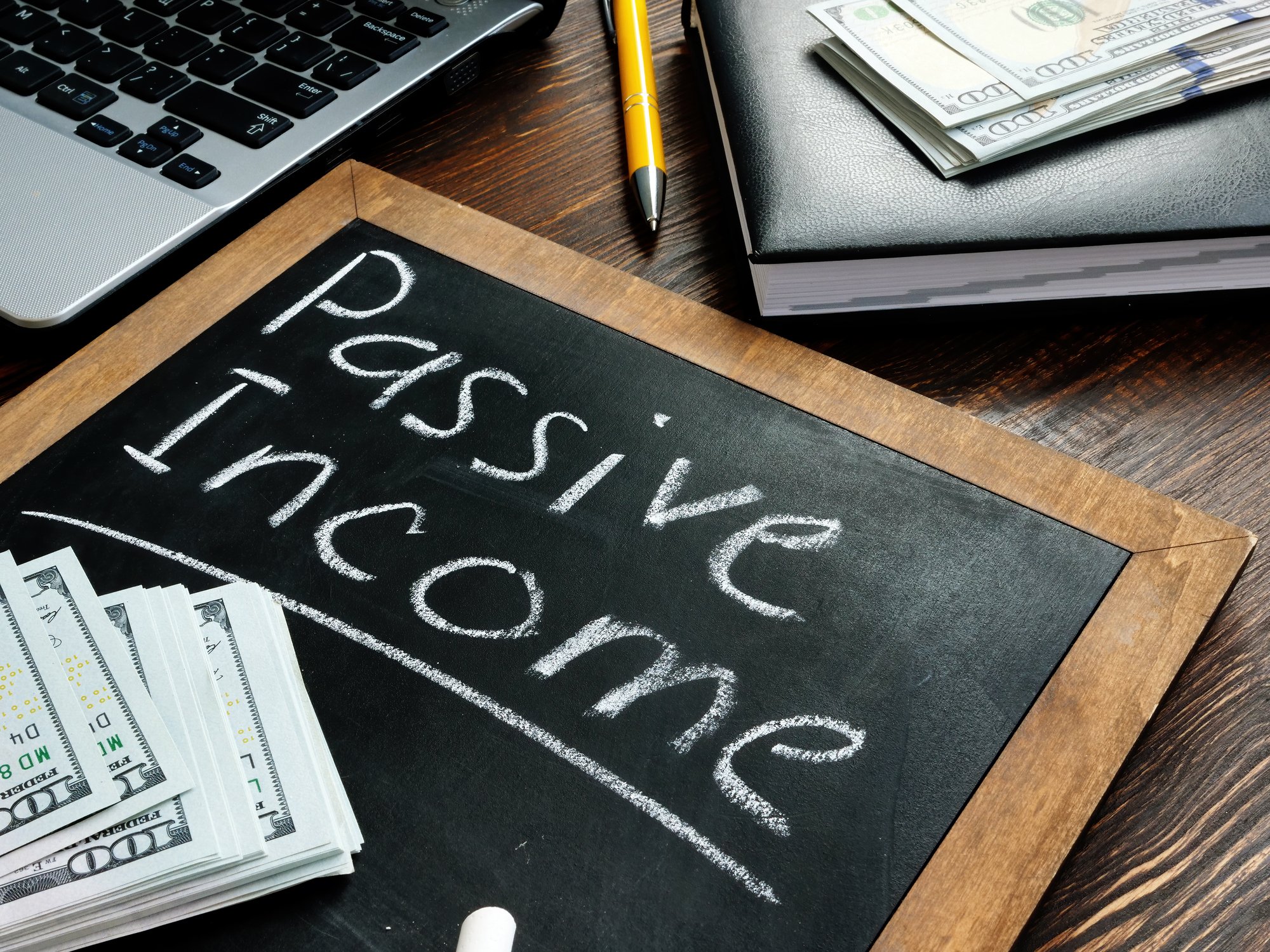The energy sector is in upheaval, and the future of utilities is more unknown than ever. Some analysts are predicting a perfect storm, dubbed the "utility death spiral" by industry insiders. Here are the three scary steps to utilities' demise.
1. Demand growth drops
Unfortunately for energy investors, the death spiral is already under way. Electricity demand growth has been falling since the 1950s, but the Energy Information Administration predicts that the next few decades won't be pretty. Annual increases are expected to clock in around 1% for the next 25 years -- around half that of the 1990s.

Source: EIA.gov.
For utilities, that drop in demand is all too evident from tumbling top lines. In 2013, some of the biggest utilities around reported slumps in sales. In the past two financial years, as the recovery has lost some of its initial steam, Southern Company (SO +0.78%) sales slumped 3.2%, Consolidated Edison (ED +0.39%) rolled back 4.1%, and FirstEnergy Corp. (FE +0.49%) sales declined a dismal 7.6%.
In a recent survey of utilities professionals, 55% expected minimal growth, while 24% expected stagnant or declining energy demand.
Smart utilities are trying to make more from less, but there's little any investor-relations director can do to make a decline in sales seem anything but bad.
2. Rates rise

Source: Wikimedia Commons, Leadmaster
It's counterintuitive, but it's the truth. As demand tapers off, utilities have to actually start charging more.
While that does little to incentivize electricity use, it's the only way corporations like Southern Company, Consolidated Edison, and FirstEnergy Corp. can maintain their massive infrastructure. In a nutshell, every consumer has to carry a bigger burden of distribution costs.
According to government data, while U.S. retail sales have increased just 19.5% over the past decade, prices have soared 34.6% to 9.8 cents per kWh. Even so, Consolidated Edison, has a $10 billion work backlog on its aging New York City pipeline system, Southern Company is trying to cover unexpectedly high construction costs for a new plant, and FirstEnergy. Corp needs more cash to convert its coal fleet to something cleaner.
3. Credit downgrades

Source: Flickr, Images Money.
As demand growth drops and rates rise, consumers start to think much more critically about their energy use. Whether it's adding on a SolarCity Corporation rooftop solar system, or installing Google's "Nest" household energy efficiency technology, customers aren't going to sit back as their power bill balloons.
For utilities operating on an age-old system of big projects with big debt, that spells disaster. Lower sales from distributed generation and energy efficiency improvements means creditors are going to be more leery than ever to make large loans to utilities.
Energy companies can expect the cost of capital to increase, which makes it pricier than ever before to take on debt, even if it's to overhaul a bad business model. The utility death spiral is complete.
Get out now?
While a "utility death spiral" hardly sounds like an investing opportunity, it is. The energy sector is undergoing an unprecedented revolution, and companies with a progressive outlook and fast-acting adaptation are going to emerge as the ultimate winners.
While steady earnings and long-lasting dividends are no longer a guarantee across the industry, there's more profit opportunity than ever before for smart investors.








